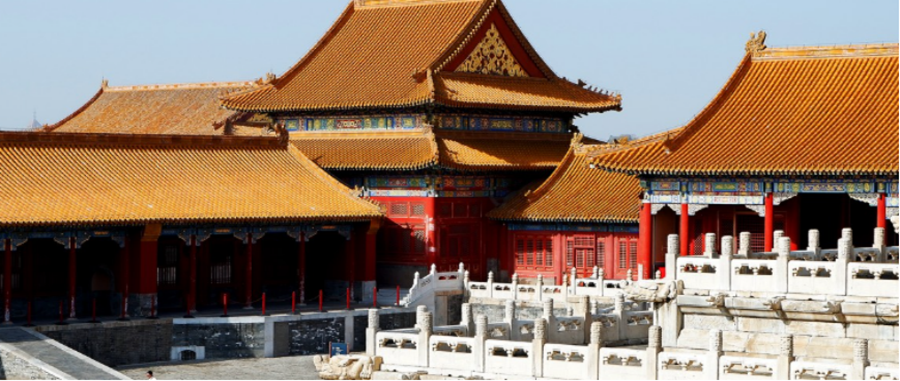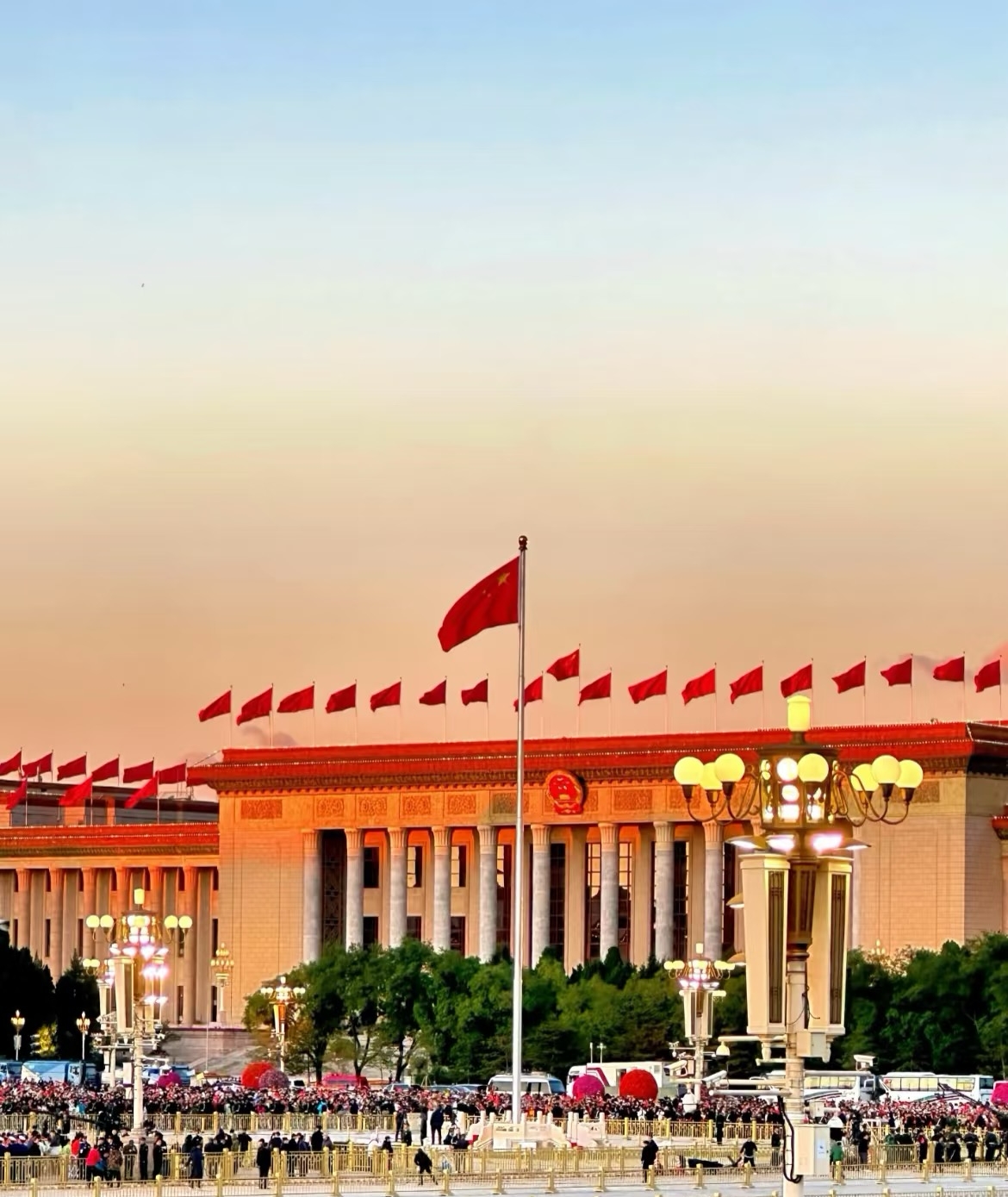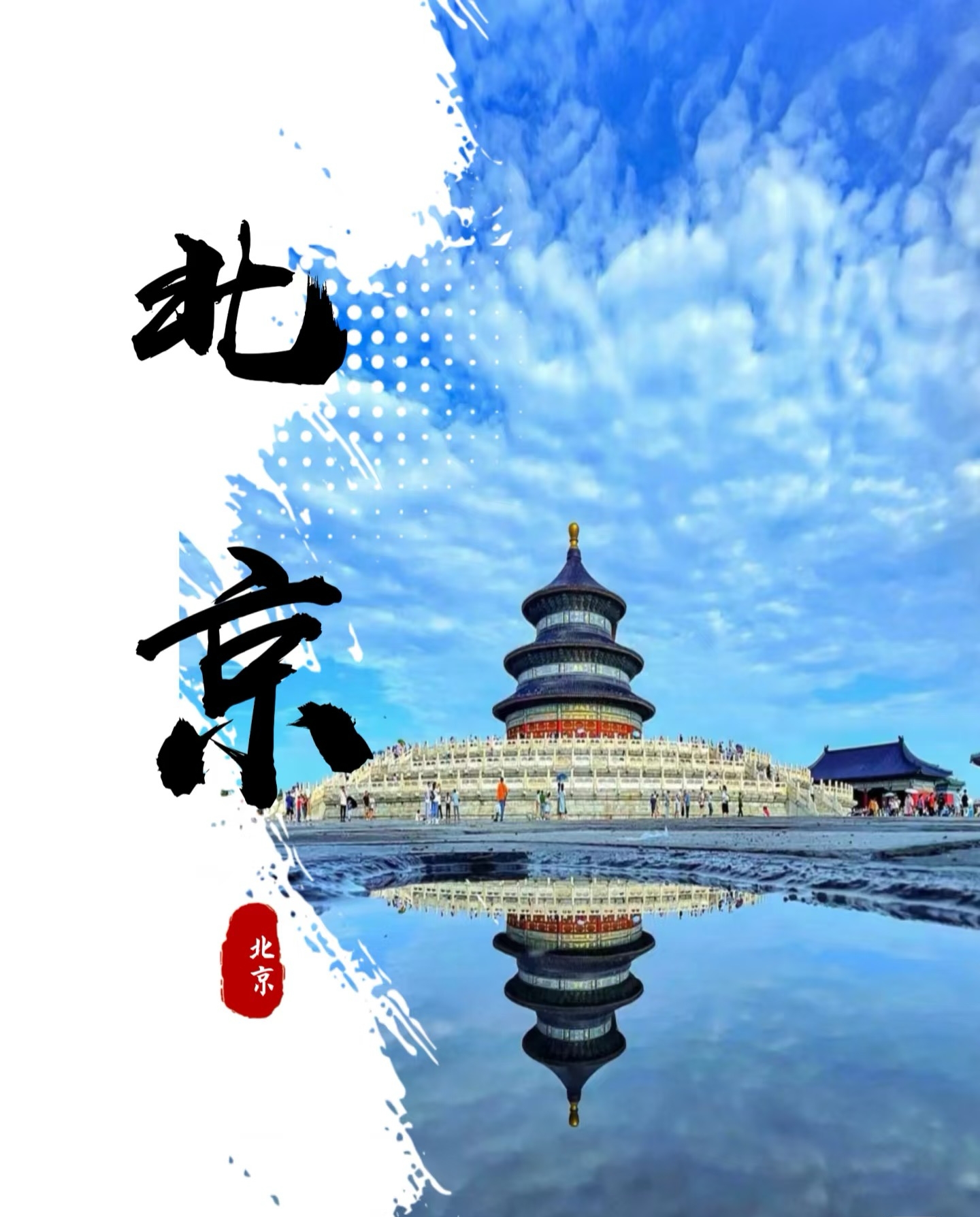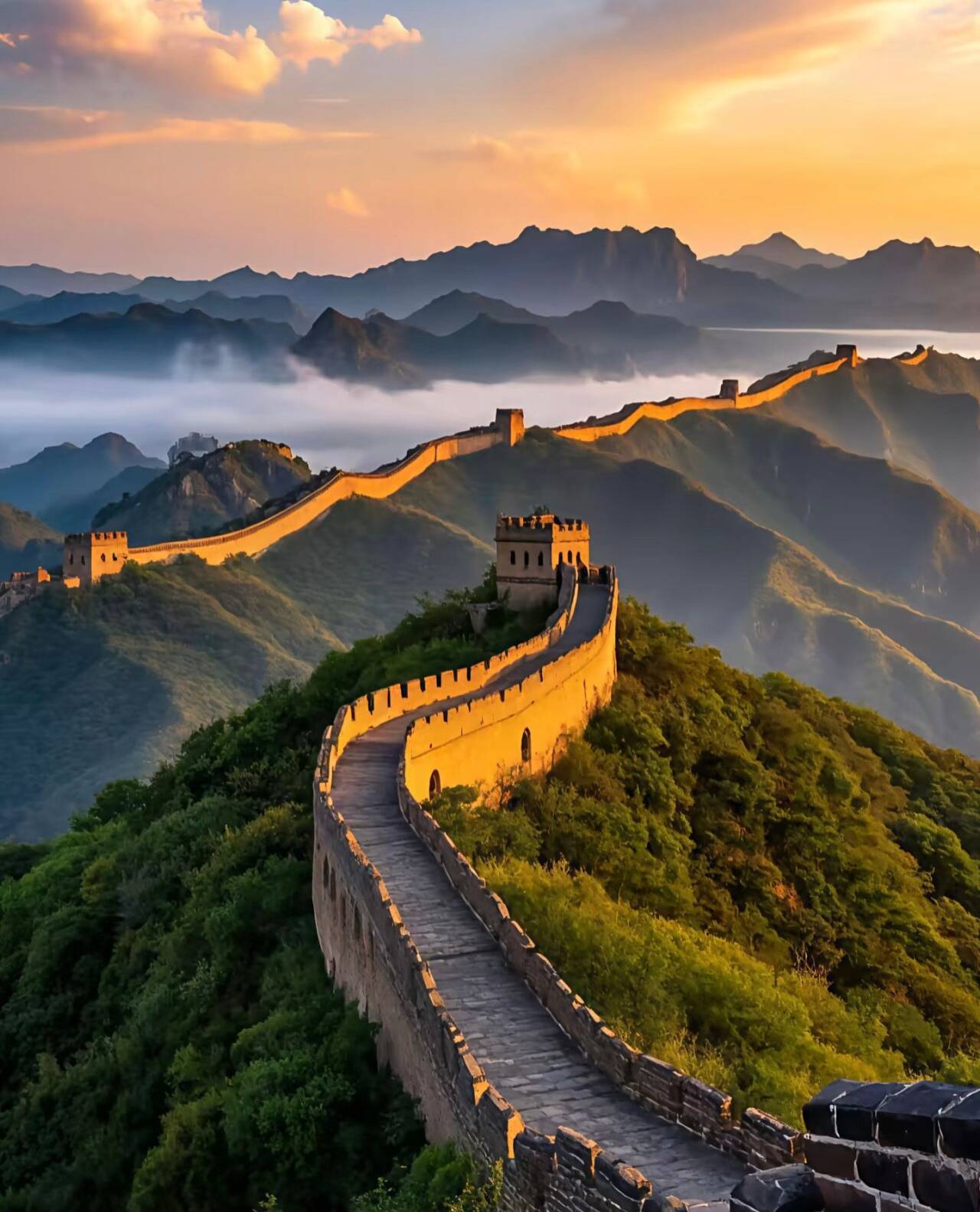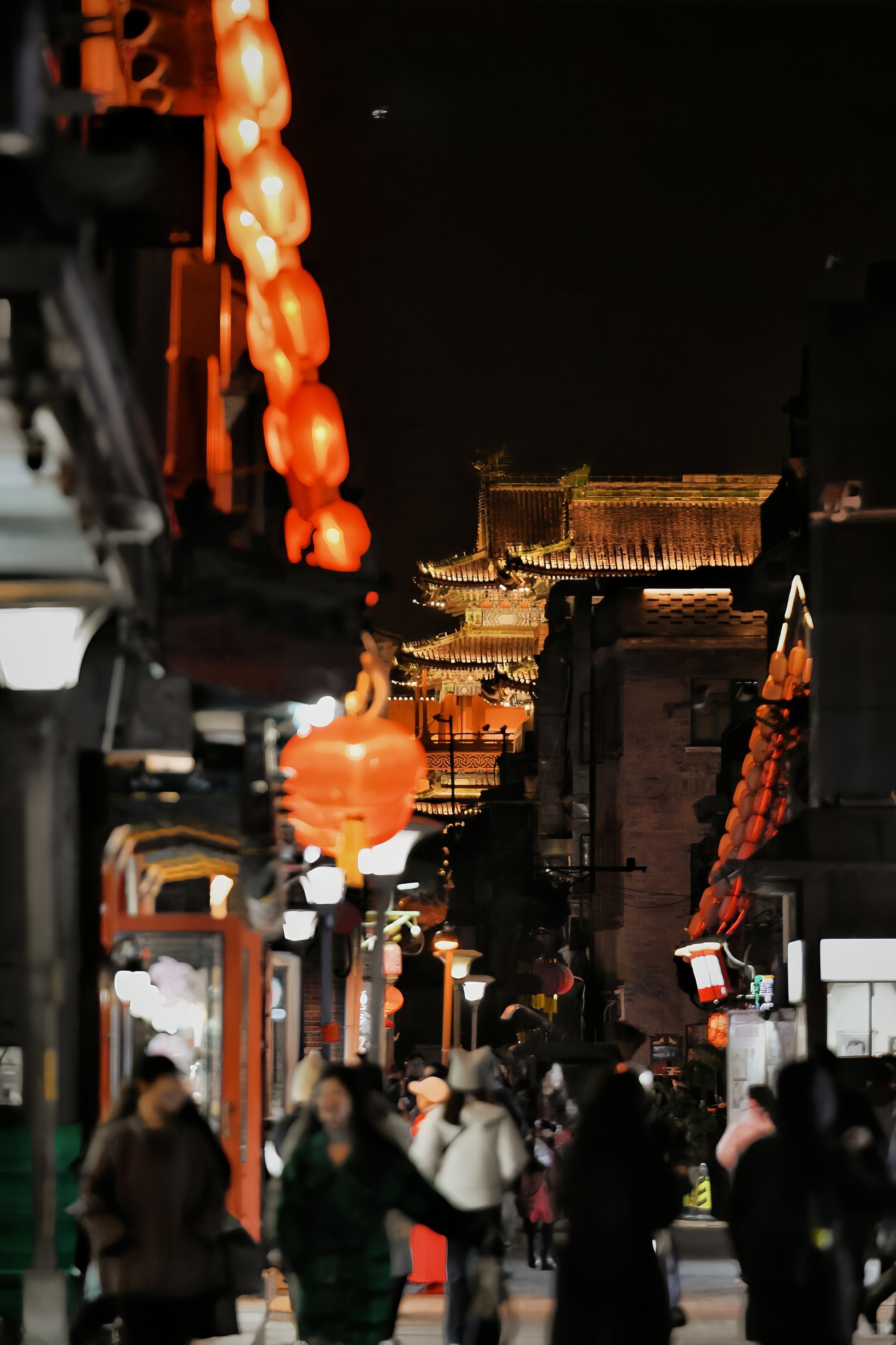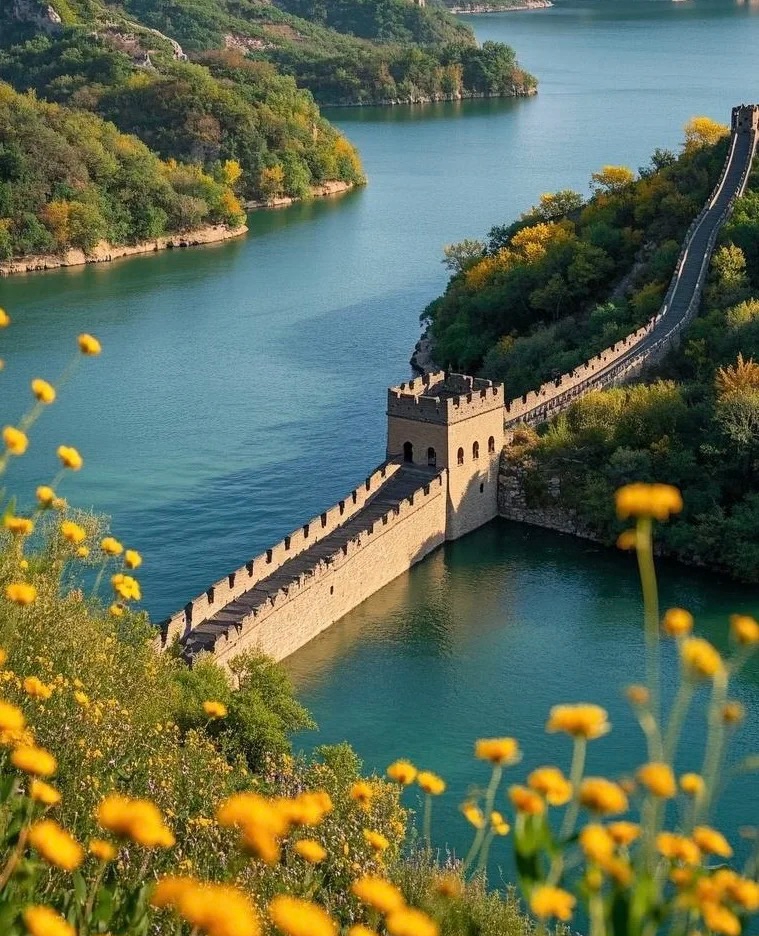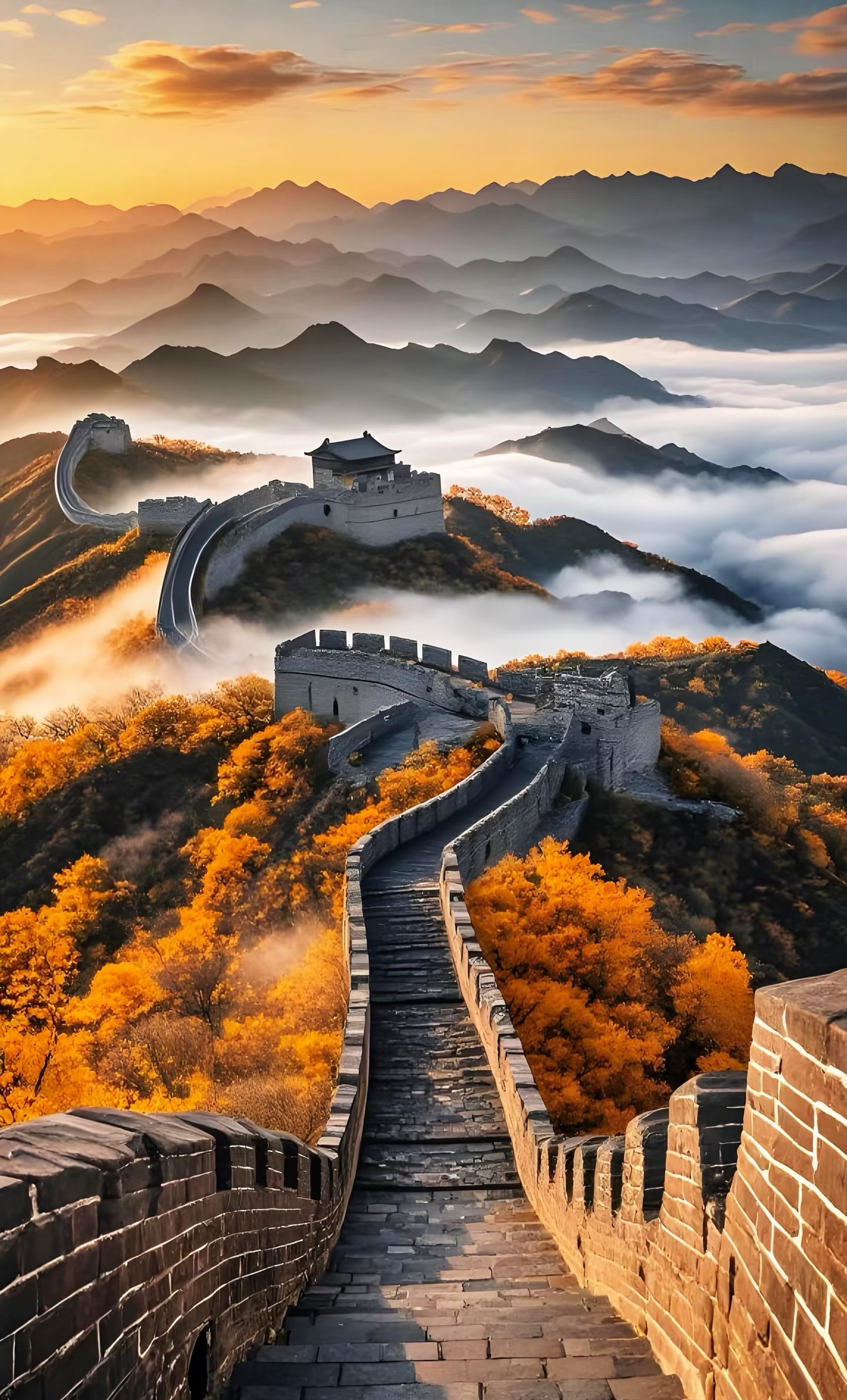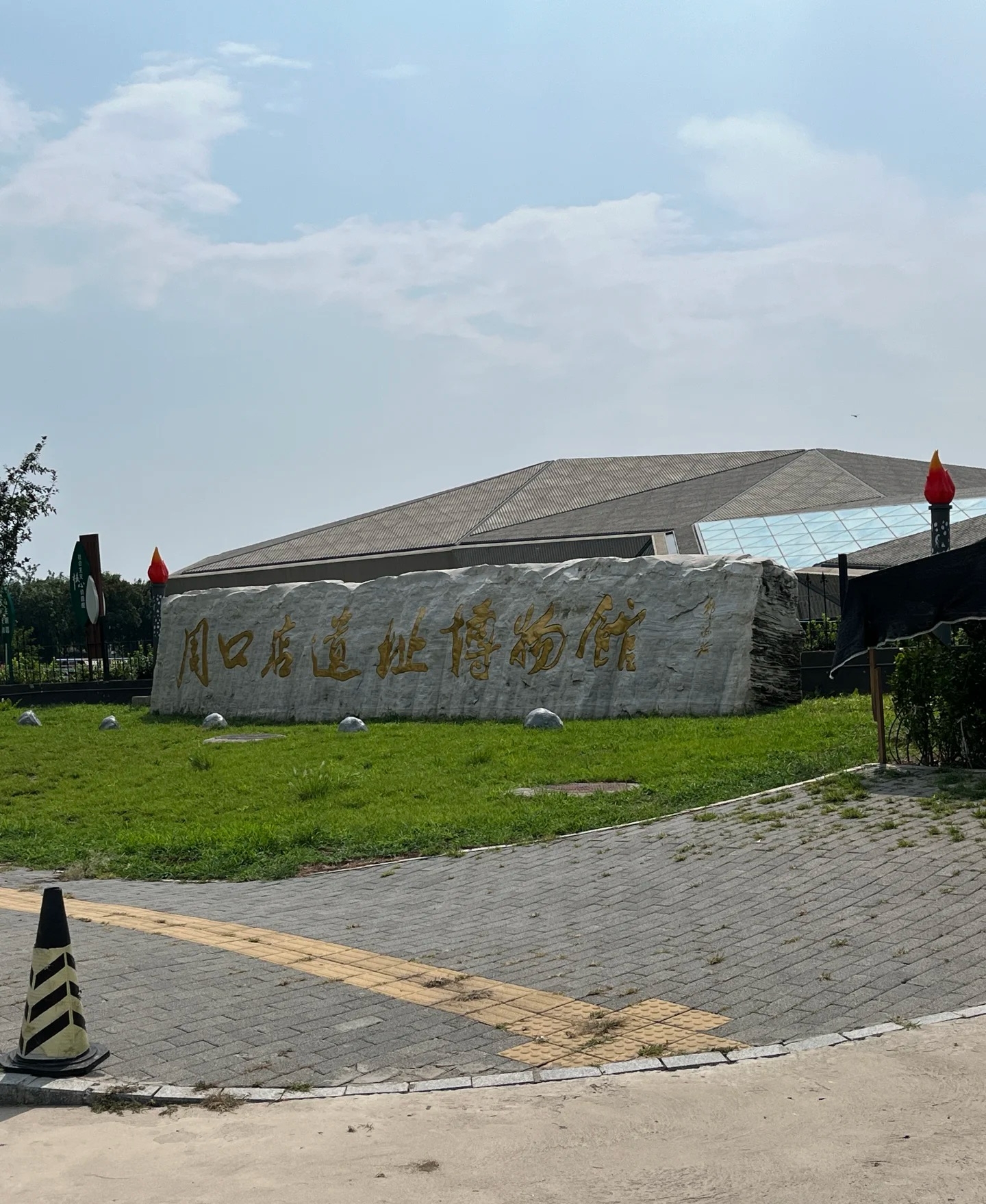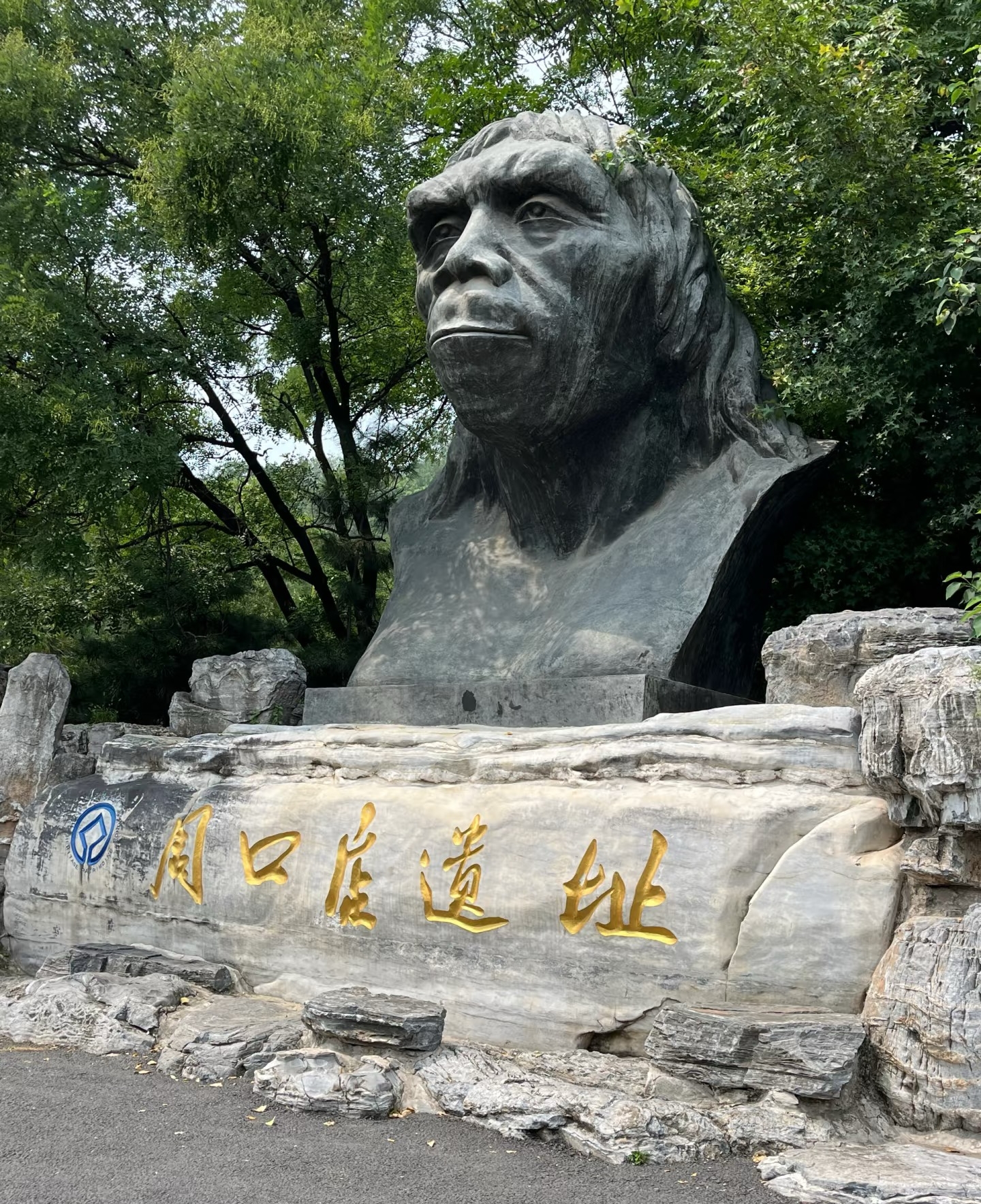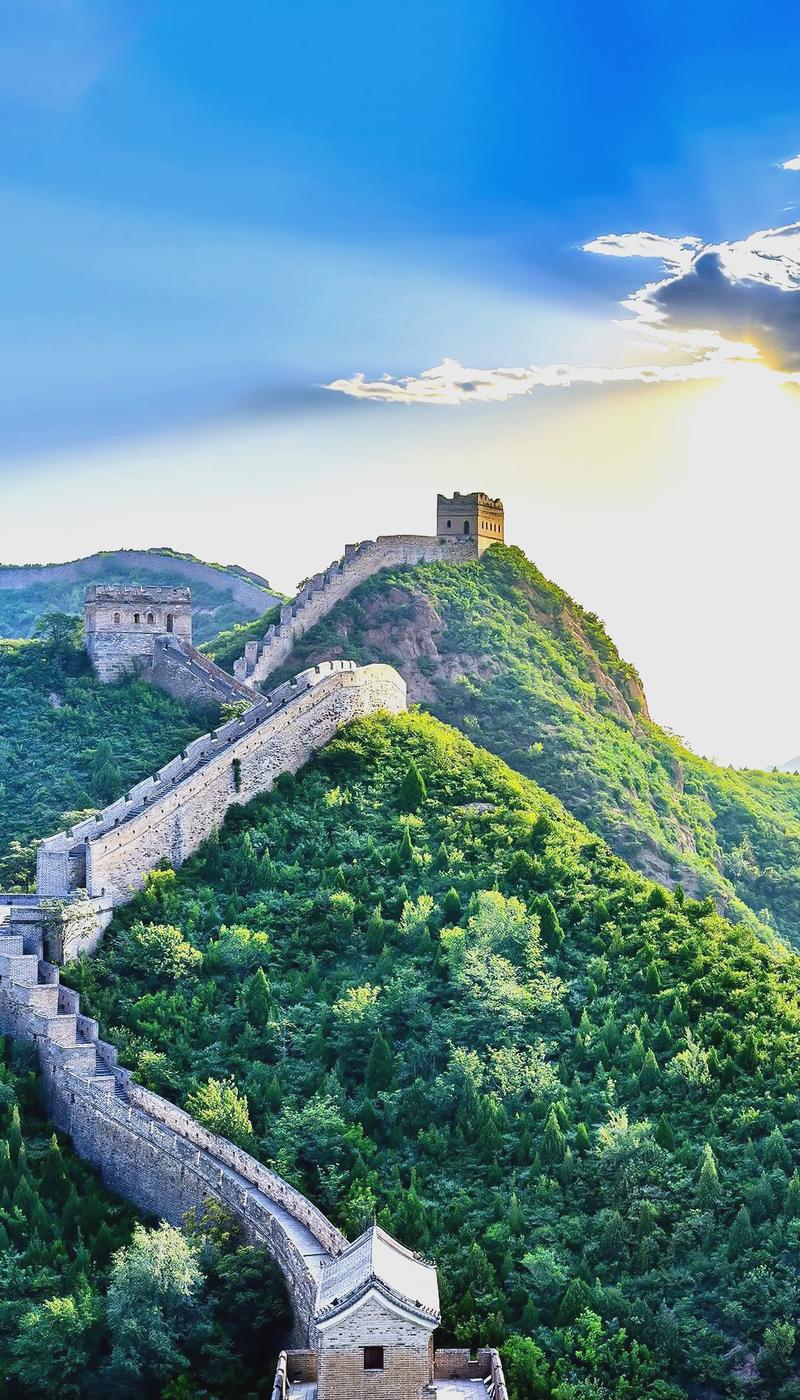

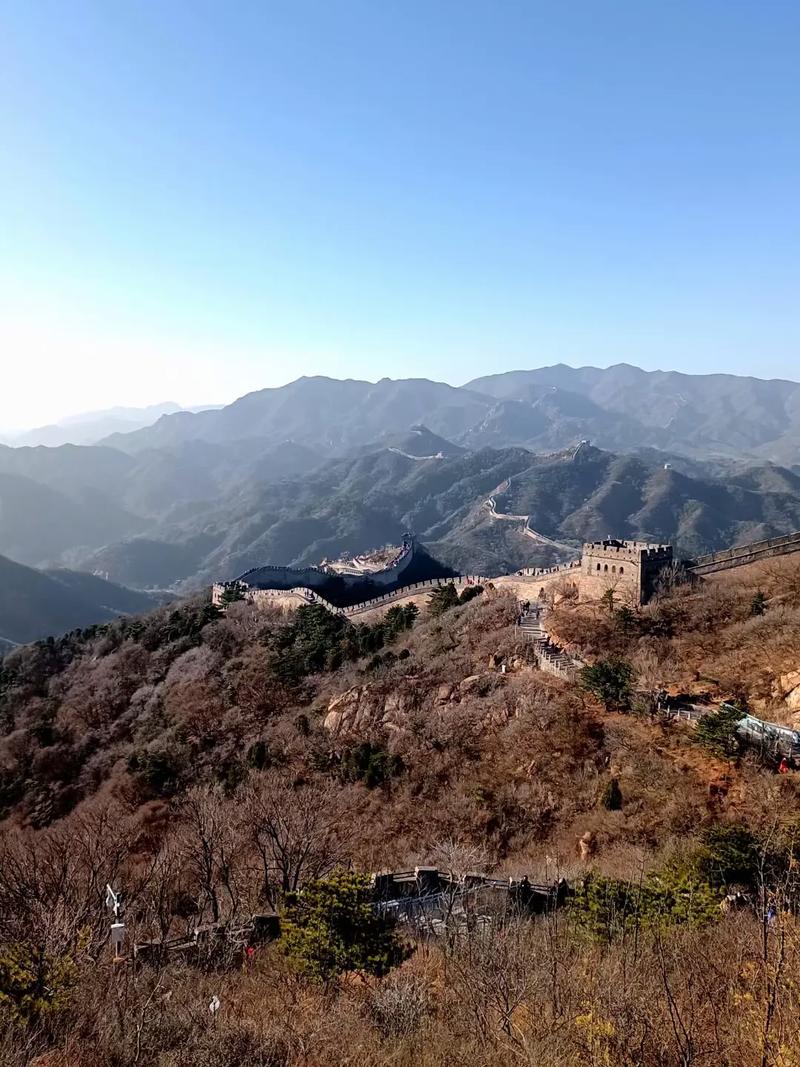
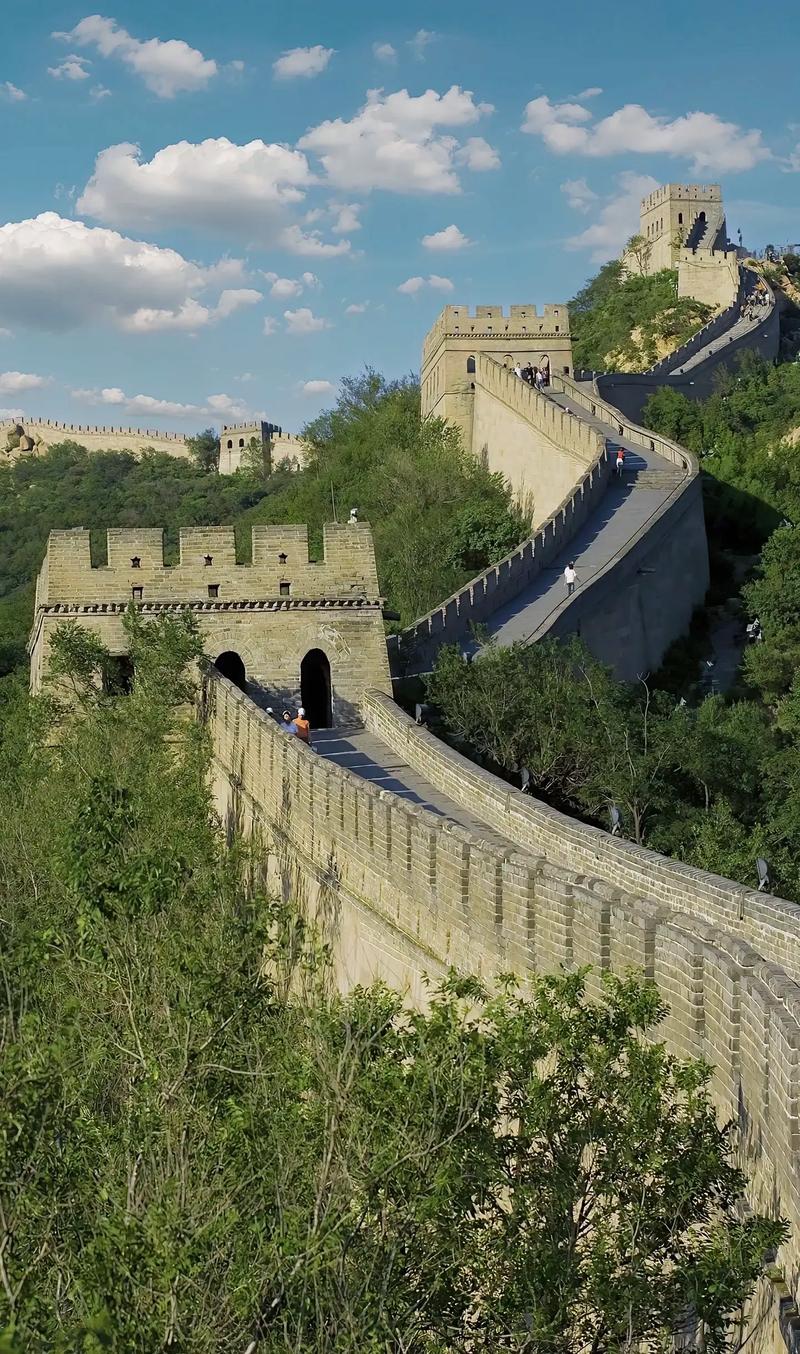
Great Wall at Badaling
Badaling is the most famous and best-preserved section of the Great Wall of China, built during the Ming Dynasty.
Information
Ticket price
Time
Location
G6 Beijing-Tibet Expy, Exit 58, Yanqing District, Beijing, China
View maps
More about the trip
Great Wall at Badaling: China's Iconic Ancient Defense
Badaling is the most famous, best-preserved, and most visited section of the Great Wall of China, located about 80 kilometers northwest of Beijing. Built during the Ming Dynasty (1368-1644), this section served as a crucial military stronghold protecting the capital. It offers a magnificent and accessible experience of this UNESCO World Heritage Site.
What to See and Do
Walk on the Wall: The main attraction is to walk along the restored sections of the wall. You can choose to walk on either the North or South sections. The North section is generally steeper and offers more watchtowers, while the South section is less crowded and provides a more gradual climb.
Watchtowers: Explore the various watchtowers along the wall, which served as strategic points for defense, communication, and storage.
Badaling Great Wall Museum: Located near the entrance, the museum provides a comprehensive overview of the Great Wall's history, construction, and cultural significance through exhibits, models, and historical artifacts.
Great Wall Cable Car and Pulley: For those who prefer a less strenuous ascent, a cable car and a pulley system (toboggan) are available to take visitors up and down the wall, offering scenic views during the ride.
Badaling Bear Park: A small park near the Great Wall where you can see Asian black bears.
Best Time to Visit
Spring (April-May) and autumn (September-October) offer the most pleasant weather and beautiful scenery. Autumn, in particular, provides stunning fall foliage. Avoid visiting during major Chinese public holidays (e.g., National Day, May Day, Chinese New Year) as it can be extremely crowded.
How to Get There
Badaling is easily accessible from Beijing. You can take the S2 train from Huangtudian Station (黄土店站) to Badaling Station (八达岭站), which is a popular and convenient option. Alternatively, there are various tourist buses (e.g., Bus 877 from Deshengmen Bus Station) or private tours available.
Travel Tips
Arrive early: To avoid the largest crowds, especially during peak season, try to arrive as early as possible.
Wear comfortable shoes: The wall can be steep and uneven in places, so sturdy, comfortable walking shoes are essential.
Bring water and snacks: While there are vendors, it's good to have your own supplies.
Sun protection: The wall offers little shade, so bring a hat, sunglasses, and sunscreen.

